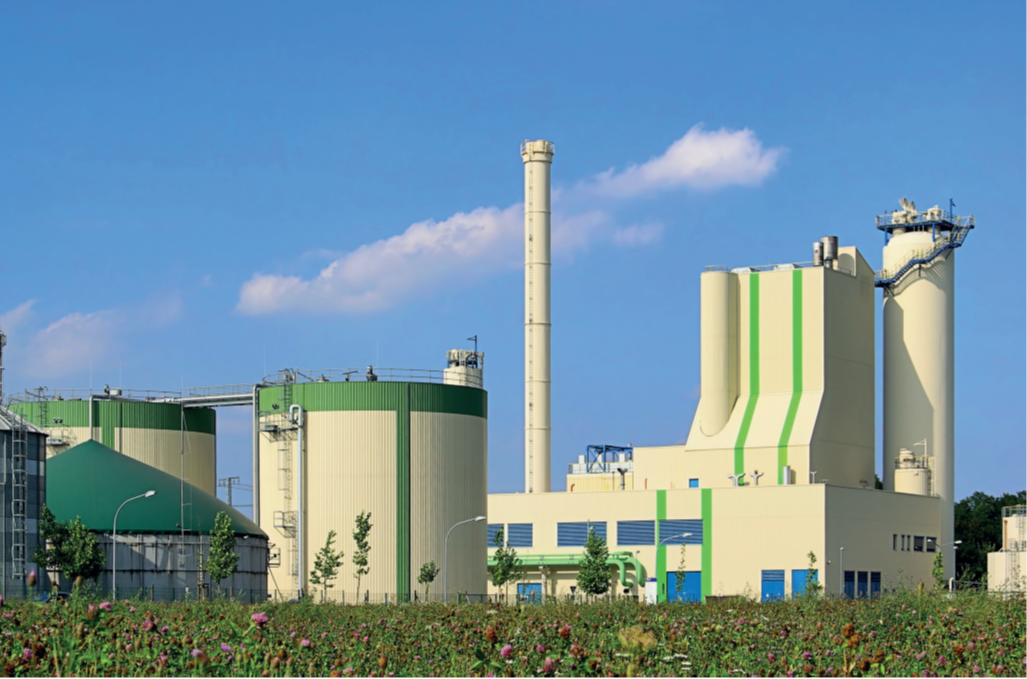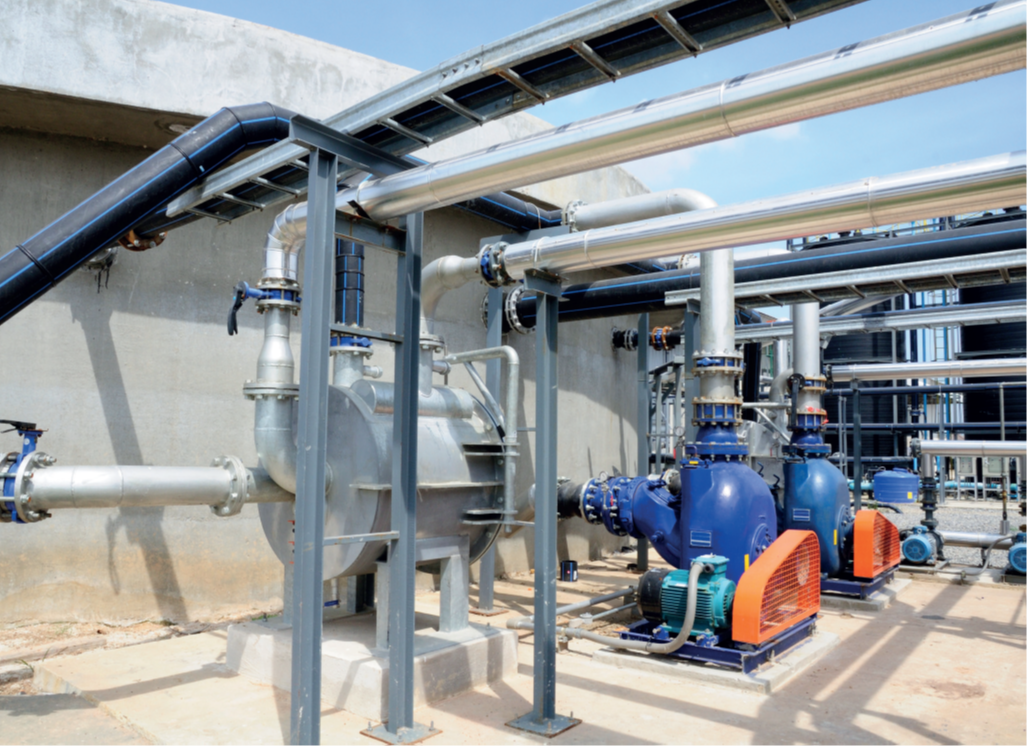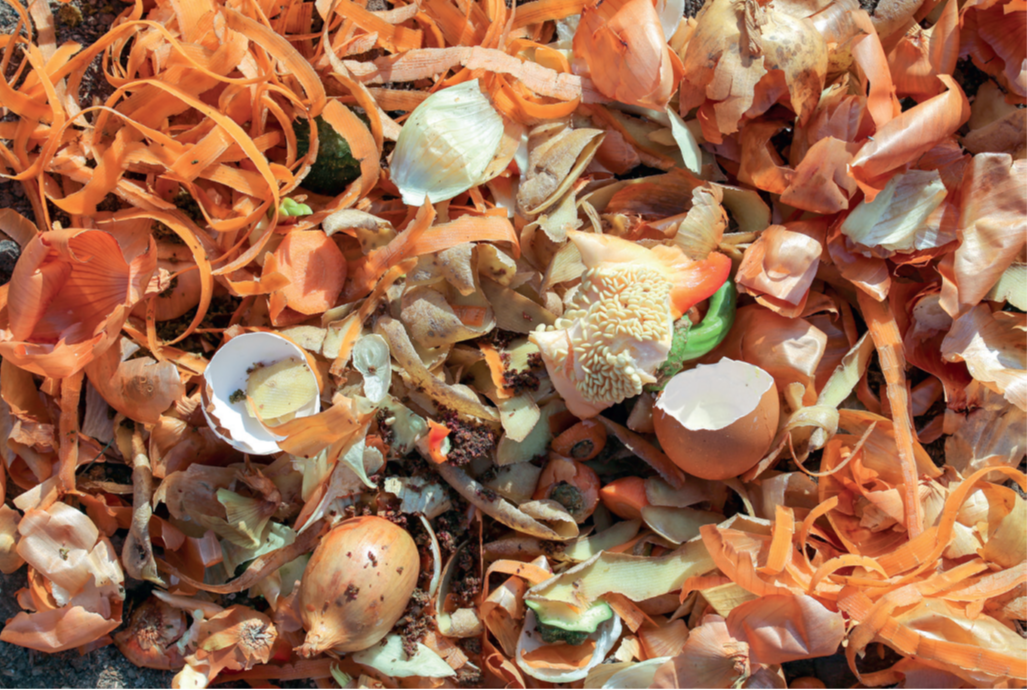Already well established in some geographies, renewable natural gas (RNG) is a proven route to reducing unwanted emissions and boosting energy security. This desk-research article reviews the RNG industry and highlights areas for further growth.
By KCI Editorial
Introduction
To the layman, the term ‘renewable natural gas’ (RNG for short) might sound misleading: after all, how can natural gas – once combusted to provide direct heat or to generate electricity – be renewed? The answer is more a question of semantics: RNG is actually produced from (organic) waste materials and, following blending, has properties akin to those of natural gas. As such, RNG can be fed into existing transport systems, to supplement or even replace natural gas.
Natural gas is a fossil fuel – just like coal and oil – found deep within the Earth. It was formed over millions of years from the decomposition of organic matter under conditions of extreme temperature and pressure. Digging a little deeper into the underlying chemistry and biology indicates that natural gas typically consists of >90% methane (CH4), with traces of other basic hydrocarbons such as ethane, propane and butane. Other gases such as carbon dioxide, oxygen, nitrogen, and hydrogen sulphide may also be present. The exact composition determines the calorific valve of the gas. To ensure customers receive gas of a consistent quality (important for both domestic appliances and industrial processes), natural gas streams may be blended.

The production of RNG could be described as humankind’s fast-track alternative to natural processes. Mature technologies are available (see box) that can break down organic waste streams produced by human activity such as waste from farms, sewage, food waste, and plant material. The gases thus released are termed biogas, which can be purified to yield biomethane.
IEA Viewpoint
The current and future standing of the biogas / biomethane / RNG industry is well reflected in a May 2025 International Energy Agency (IEA) ‘Outlook’ publication.
The IEA states that biogases are a hidden solution to many of today’s energy security and sustainability challenges. They turn waste into sustainable, low-emission fuels. The attraction of biogases lies in the integration of energy, environment, waste and emissions policies and targets.

Further, biogas can be used directly as heat by households and industry, and to produce electricity. Biomethane, which is an upgraded form of biogas, is a locally sourced, drop-in substitute for natural gas.
The IEA’s report further assesses the global potential and costs of developing biogas and biomethane using a first-of-a-kind geospatial analysis. It provides detailed country- and region- specific supply curves for over 30 types of feedstocks through careful mapping of feedstock density and proximity to infrastructure such as roads, electricity grids and gas pipelines.
Commenting on how the 2022 global energy crisis strengthened interest in the potential for biogases, the IEA notes that more than fifty new policies have been introduced worldwide since 2020.
Giving a sense of perspective, the IEA put the current sustainable production potential for biogases at nearly 1,000 bcme, which is equivalent to a quarter of global natural gas demand. The IAE further indicates that this figure could increase to nearly 1,400 bcme by 2050, with average costs actually falling by one-fifth thanks to increased crop yields, technological learning effects and economies of scale.
From the geographical angle, the IEA states that Brazil, China and India have the greatest sustainable potential for producing biogases – India for example barely taps into 5% of its current potential. In contrast, the corresponding figure for the European Union is 40%. The United States is said to have the largest potential among advanced economies.
Finally, the IEA indicates that while biogases are still a relatively small part of the global energy mix – representing around 3% of total modern bioenergy production – consumption of biogases is increasing. Hence biomethane use has increased at a rate of 20% annually over the past five years, although from a low base (it is currently around 1% of natural gas demand).
RNG in the United States
Looking for an assessment of RNG in the United States, this journal stumbled across a March 2025 post by Merex’s Jack Velasquez (Director of environmental markets). He writes that: “The RNG market … is gearing to become the next significant investment opportunity within environmental markets as RNG captures the attention of investors seeking exposure to sustainable real assets. Just in the United States, 500 facilities are likely to be operational by the end of 2025, with that number predicted to double by 2030.”
Velasquez further touches on the potential effect of renewable thermal credits (RTCs). “For investors, this is more than a sustainability play – [RNG] is a relatively untapped market with considerable upside, particularly in the RTC space. While still nascent, RTCs represent an emerging financial instrument that could play a pivotal role in decarbonization strategies for corporations navigating complex regulatory landscapes.”
Meanwhile, U.S. Energy states it has already partnered with leading energy developers on RNG projects, with a footprint of 55 RNG projects, over 200 RNG distribution points in transportation and five RNG distribution points in hydrogen and thermal markets. The company also indicates clear benefits from RNG for society as a whole, stating that: ”Through the RNG development process, methane that otherwise would be emitted into the atmosphere is captured and transformed into an alternative fuel or renewable energy source. When sourced from dairy waste, RNG can achieve a negative carbon intensity —meaning over its lifecycle, it eliminates more carbon than it produces. The lower the carbon intensity, the better the emissions and financial incentives.”

Note that the Environmental Protection Agency (EPA) also has an extensive resource library on landfill methane, RNG, and so forth. One of their tables shows that interest in facilities is anything but lip-service: from 2005 to 2023, the number of landfill projects in the United States rose ninefold (from 11 to 102) while the number of agricultural projects shot up from just two to 135.
RNG and Fugitive Emissions
While biogas, RNG, and so forth are widely touted as helping to mitigate climate change, unwanted releases of these gases can result in potentially potent fugitive emissions. This aspect is of course stressed by OEMs, engineering companies and end users alike. SLB for example highlights that the production and use of renewable fuels require the same considerations as regular fuel types. “Although renewable fuels support a reduction in net carbon emissions, they still contain greenhouse gases. Our fugitive emissions certified valves ensure that these fuels and the gases within remain contained and do not leak.”
Armour Valve indicates that the unique operating conditions in biogas facilities can impact equipment designs. Their website states that: “In biogas production and RNG upgrading, valves are responsible for controlling the flow of organic waste sources, regulating gas pressure, and ensuring the safe and efficient transfer of gas through the system. Solutions need to be specifically designed to handle the composition and characteristics of biogas, including high levels of moisture, impurities, and corrosive elements. The selection of appropriate valves and piping is crucial for optimizing the overall performance, safety, and environmental impact of biogas and RNG production systems.”
Finally, biomethane production facilities can be just as complex as more mainstream energy systems. For example, an Emerson brochure on decarbonization touches on numerous process units such as blower after- coolers, H2S removal, refrigeration chillers, gas feed compressors, etc.


